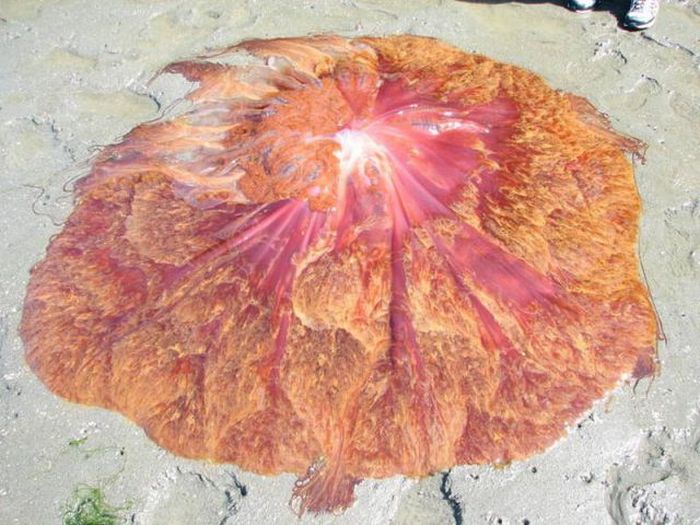|
|
Giant Jellyfish, Kayak Point, Washington, United States
|
Some jellyfish populations that have shown clear increases in the past few decades are "invasive" species, newly arrived from other habitats: examples include the Black Sea and the Caspian Sea, the Baltic Sea, the eastern Mediterranean coasts of Egypt and Israel, and the American coast of the Gulf of Mexico. Populations of invasive species can expand rapidly because there are often no natural predators in the new habitat to check their growth. Such blooms would not necessarily reflect overfishing or other environmental problems.
Increased nutrients, ascribed to agricultural runoff, have also been cited as an antecedent to the proliferation of jellyfish. Monty Graham, of the Dauphin Island Sea Lab in Alabama, says that "ecosystems in which there are high levels of nutrients ... provide nourishment for the small organisms on which jellyfish feed. In waters where there is eutrophication, low oxygen levels often result, favoring jellyfish as they thrive in less oxygen-rich water than fish can tolerate. The fact that jellyfish are increasing is a symptom of something happening in the ecosystem."
By sampling sea life in a heavily fished region off the Namibian coast, total jellyfish biomass has overtaken that of fish, following intense fishing in the area in the last few decades.
Areas which have been seriously affected by jellyfish blooms include the northern Gulf of Mexico, about which, Graham states, "Moon jellies have formed a kind of gelatinous net that stretches from end to end across the gulf."
|
|









